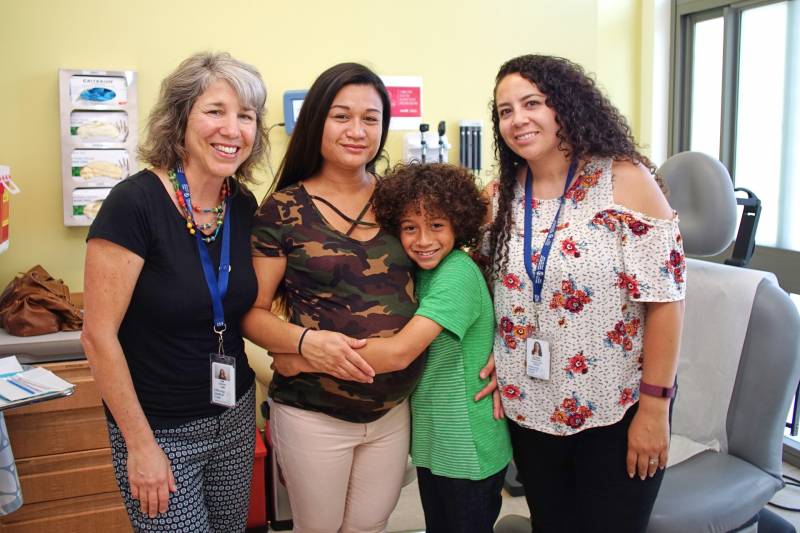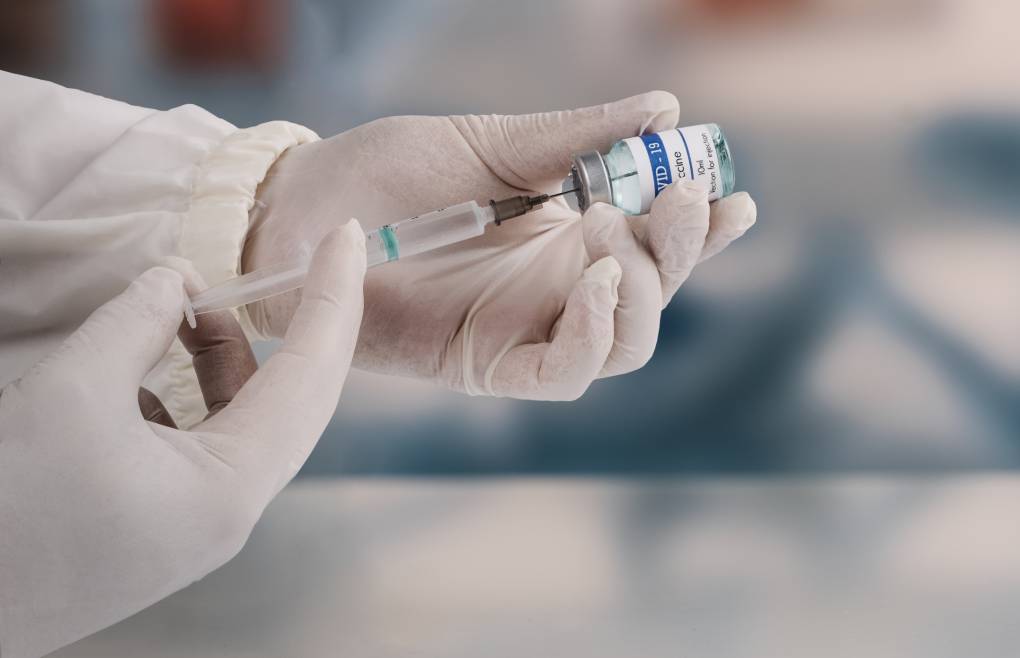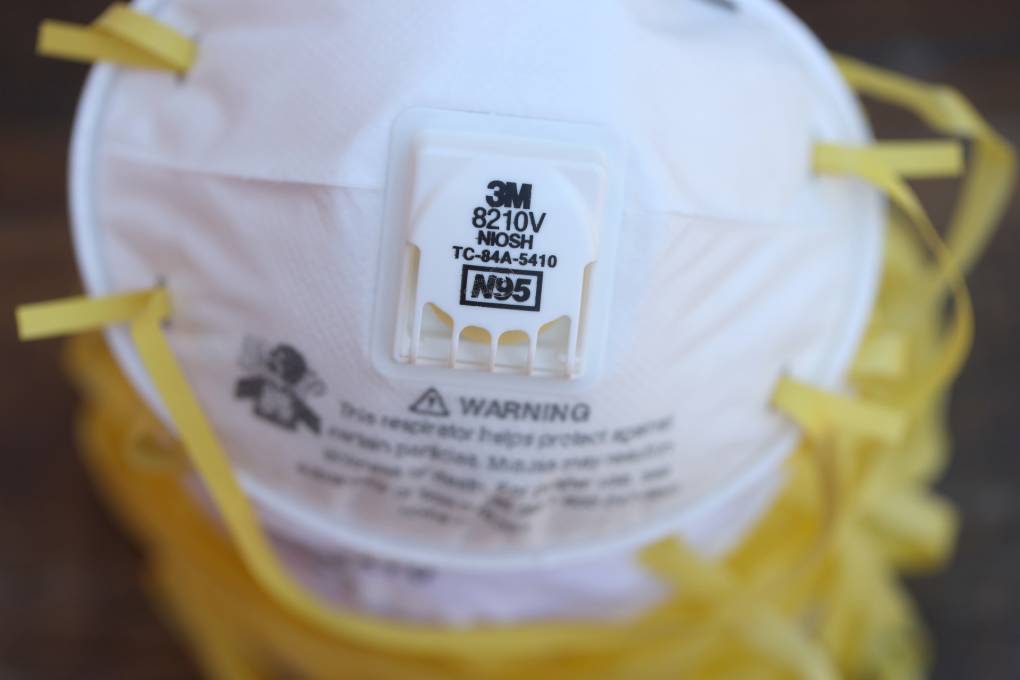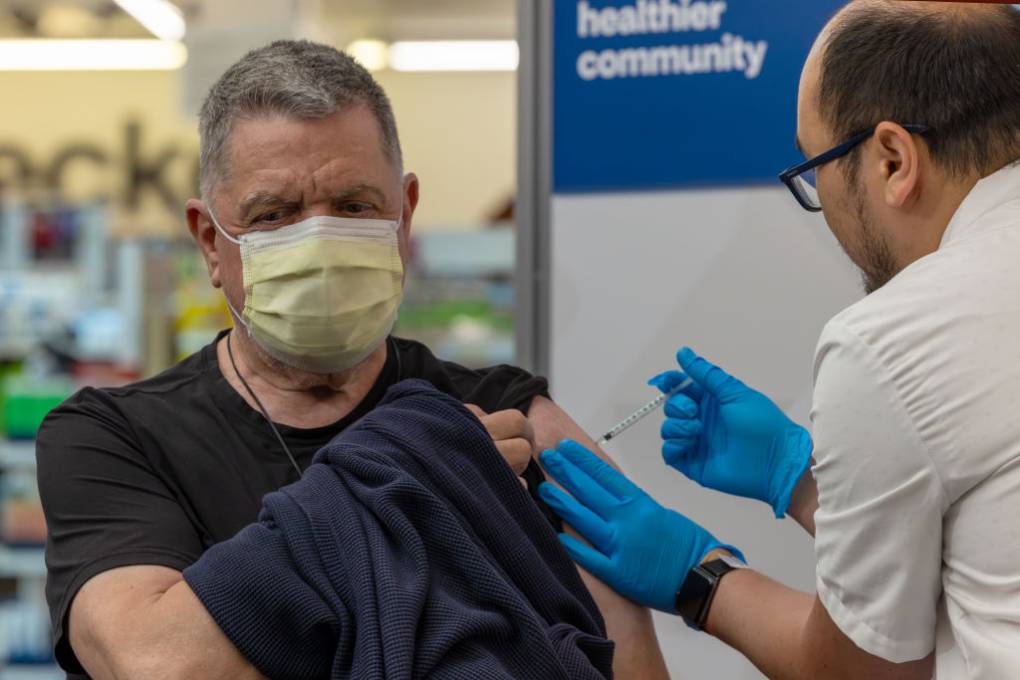In the midst of the COVID-19 pandemic, the Centers for Medicare and Medicaid Services have expanded access to telemedicine appointments for their beneficiaries. Thanks to a new waiver, more elderly and low-income people can now receive care from practitioners virtually — and doctors and patients across California are taking advantage of this new leeway.
Gabriela Hernandez, who is 38 weeks pregnant, is one of those patients. Normally, she would go to LifeLong Medical Care in Berkeley every few weeks for a check-up with Kim Cardoso, her certified nurse-midwife. But for the past few weeks, their appointments have been over the phone.
LifeLong is one of more than 1,000 community health centers in California. Many of these centers have dramatically cut back services under the shelter-in-place order to slow the spread of the novel coronavirus.
LifeLong closed all but five of its 14 clinics for in-person visits. Providers still see patients in person for the most urgent cases, but the majority are now virtual.
Community health centers like LifeLong depend on partial reimbursements from the Medi-Cal program to provide low-cost or free services. Typically, doctors and nurses have to see their patients in person for the clinic to qualify for those funds — but the recent waiver changed that. Now providers like LifeLong get to care for their patients over the phone, and get reimbursed.




